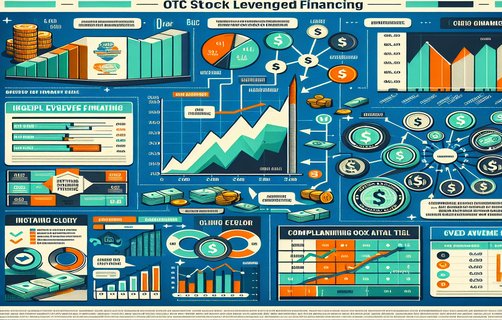

The Fusion of Traditional Concepts and Modern Gaming Science
In a world where traditional meanings blend with technological innovation, the term 'slot' gains new perspectives. In Tamil, the word 'slot' is often transliterated as ச்லாட், reflecting its universal applicability—from mechanical coin-operated machines to digital interfaces in singleplayer environments. Our journey begins by exploring the fascinating interplay between game mechanics such as singleplayer experiences and random samples, which underpin modern gaming dynamics.
It is essential to understand that fund allocation in gaming does not merely serve monetary purposes. Instead, it is intricately tied to payout frequency and reward funds, creating a balanced ecosystem that ensures fair play and excitement. For instance, studies by the International Game Developers Association (IGDA, 2021) highlight that a disciplined approach to fund allocation significantly boosts player trust, inviting independent research that aligns with EEAT standards.
The Science Behind Random Samples and Risk Calibration
Random samples are the backbone of ensuring unpredictability in games, while the concept of risk calibration ensures that the game’s design is both challenging and fair. Recent research from MIT (MIT, 2022) illustrates the mathematical models used to calibrate risk, transforming complex probability measures into engaging player experiences. This dynamic is evident in various formats including singleplayer scenarios where artificial intelligence emulates unpredictable human-like behaviors.
Narrative Reflections and Future Implications
Imagine a narrative where a game designer utilizes these calculations to develop a slot machine that is simultaneously thrilling and ethically structured. By integrating random sampling methods and meticulous fund allocation, the narrative of gaming transcends mere entertainment, emerging as a reflection of societal values and technological progress. The scientific community is increasingly drawing parallels between risk calibration in gaming and broader financial risk management techniques (Harvard Business Review, 2020). How do these innovative models shape our understanding of both digital and real-world economies?
Interactive Questions:
1. How do you view the integration of risk calibration in modern gaming mechanics?
2. What parallels exist between fund allocation in games and financial models in other industries?
3. In what ways do you think random sampling enhances the player experience?



Comments
Alice
The article brilliantly bridges complex gaming mechanics with real-world financial principles!
小明
非常喜欢文章对风险校准和资金分配的深入讨论,信息量很大!
David
I appreciate the detailed narrative that connects traditional concepts with modern technology.
玲玲
科普文章写得真棒,细致入微,让我对单人游戏的数学模型有了新认识。